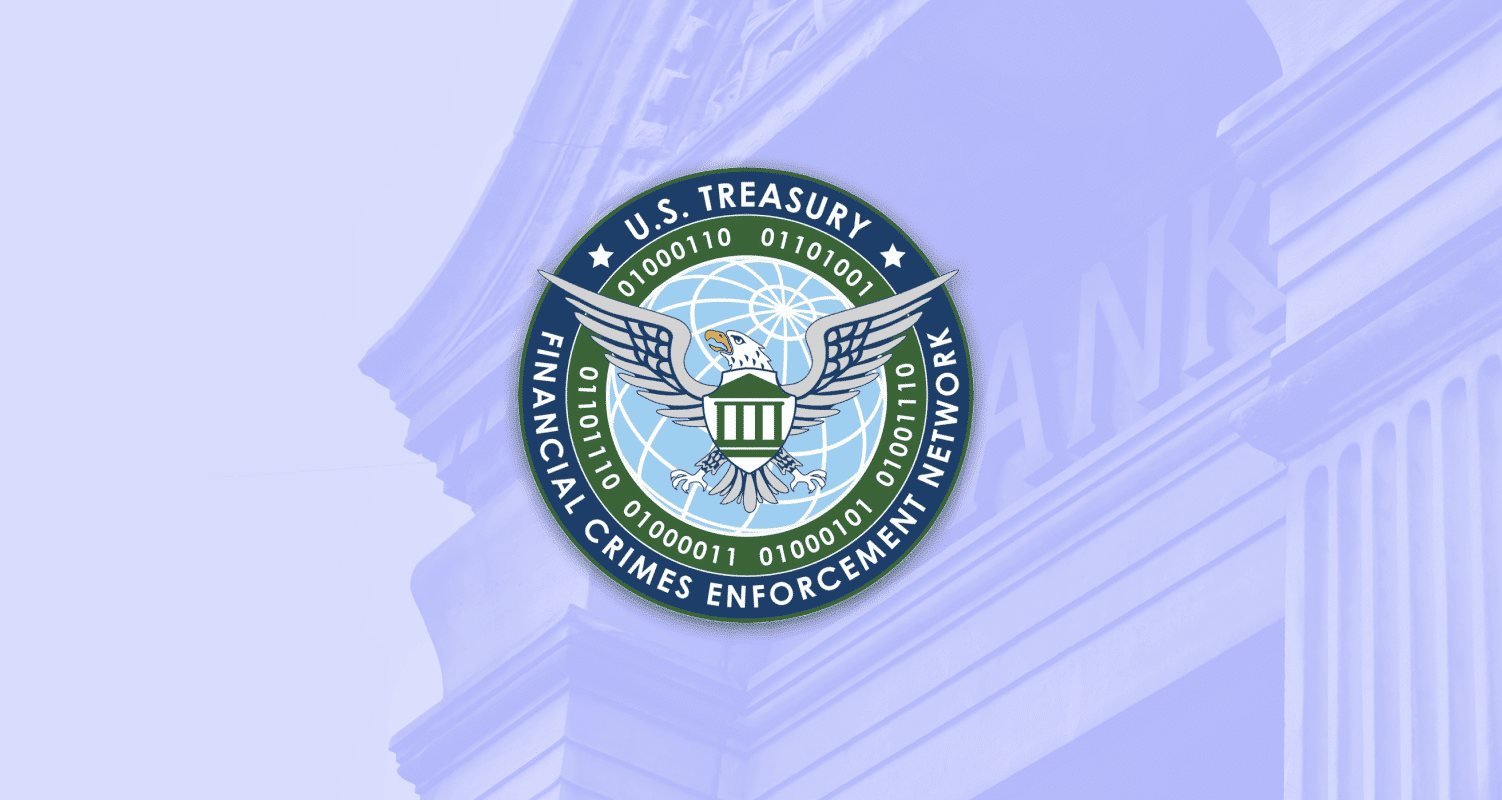
Keeping track of national and global anti-money laundering (AML) regulations and requirements can be difficult, especially for international organizations. The importance of anti-money laundering regulatory compliance, however, is clear.
Criminals leverage a number of money laundering schemes in attempts to disguise their illegal funds and transactions, so companies must be diligent in watching out for suspicious activity. In other words, these organizations must recognize the signs of money laundering, understand the laws and regulations surrounding the practice, and put policies in place to curb these nefarious efforts.
In this blog, we’re taking a look at one specific law designed to help curtail would-be money launderers from taking advantage of American financial institutions — the Bank Secrecy Act.
What is the Bank Secrecy Act?
Originally enacted in 1970, the Bank Secrecy Act (BSA) outlines required record-keeping and reporting practices intended to fight against money laundering. The Bank Secrecy Act is implemented by the US Department of Treasury's Financial Crimes Enforcement Network (FinCEN), and lays out specific conditions or events that must be reported.
What are the Bank Secrecy Act requirements?
The Bank Secrecy Act requires proper documentation and handling of various actions that could be related to money laundering, such as:
- Receiving cash payments in excess of $10,000 via trade or business transaction. When this occurs, IRS Form 8300 is required.
- Owning one or more foreign bank accounts, mutual funds, or similar financial accounts. These accounts must be reported to the IRS on an annual basis. You can learn more in IRS Publication 5569.
- Operating a money services business (MSB). FinCEN defines an MSB as “any person doing business, whether or not on a regular basis or as an organized business concern,” and cites examples that include currency dealers/exchangers, check cashers, money transmitters, and more. It’s important to note that banks and other formal financial institutions are not considered MSBs.
What are the five pillars of Bank Secrecy Act compliance?
Over the past 50 years, Congress has amended the BSA and new regulations have been issued by FinCEN to keep up with modern money laundering techniques. Typically AML compliance revolves around 5 pillars:
- Designating a compliance officer to oversee AML initiatives, including that the Bank Secrecy Act provisions are closely followed.
- Developing an internal system of policies and controls for achieving and maintaining AML compliance. These should include customer or user identity verification, transaction monitoring, and related activities.
- Working with an independent, third-party auditor to offer fresh perspectives, test for weak points within the compliance program, and ensure ongoing compliance.
- Training personnel to better understand the importance of AML regulations, recognize signs of potential money laundering, and know the procedures for reporting or otherwise dealing with anything that seems suspicious.
- Designing and implementing risk-based customer due diligence (CDD) and enhanced due diligence (EDD) practices. These help financial institutions to better understand legitimate vs. illegitimate customer behavior, develop risk profiles, and monitor high-risk accounts or transactions.
If you’re looking for a deeper dive into the Bank Secrecy Act, the full text can be reviewed on the FinCEN website.
Who is responsible for BSA AML compliance?
As is noted within the five pillars of BSA compliance, financial institutions must appoint a compliance officer to oversee BSA/AML programs. Depending on the industry, company size, and other factors, this may be a single individual or a group of individuals. For banks, the board of directors is responsible for designating the compliance officer.
Ultimately, BSA/AML compliance is the responsibility of the compliance officer(s) as well as the board of directors who appoint them. These two parties regularly communicate and collaborate with each other. More specifically…
- The compliance officer coordinates BSA/AML initiatives, performs daily monitoring of accounts and transactions, and maintains regulatory compliance.
- The board of directors must perform their own form of due diligence to ensure that the right person or persons are appointed for the compliance officer role.
The Federal Financial Institutions Examination Council's (FFIEC) BSA/AML Manual offers a much more in-depth description of each of these parties’ specific responsibilities and requirements.
Simplify BSA compliance with Onfido
Onfido offers an innovative end-to-end identity verification platform to help businesses conduct effective due diligence as the basis for preventing money laundering and other forms of fraud. As part of an integrated anti-fraud and KYC solution, it provides a vital line of security for organizations at onboarding.
See the platform in action, or contact us to discuss how Onfido can benefit your business today.





